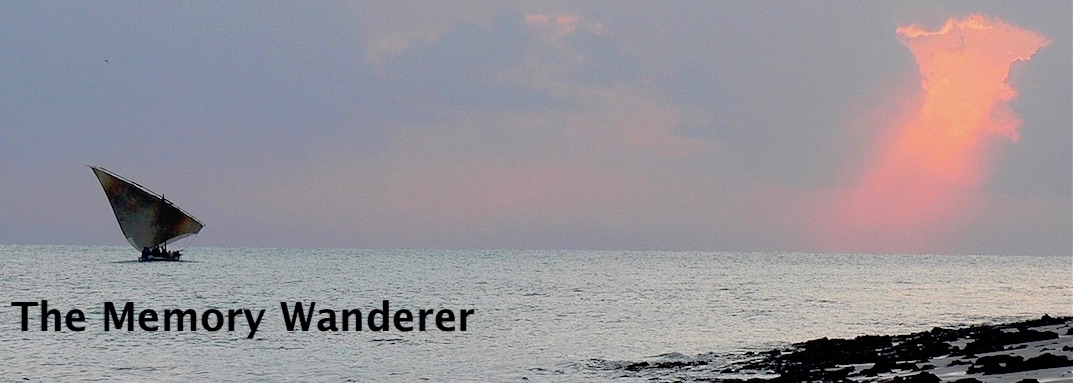
These are ngalowas, dug-out canoes with wooden stabilisers and elegant lateen sails. They are the one- or two-man fishing boats of the East African coast, sturdy enough to pass through the reef which runs parallel to the shore a mile or so out to fish in the deep and sometimes turbulent waters of the open ocean.
Each village along the coast had its ngalawas either anchored close offshore or pulled up onto the beach. As youngsters in Mombasa we used to hire one to take us out to the reef, a trip best done at an exceptionally low tide when the reef and the many occupants of the lagoon immediately behind it were exposed.
On our visit to Tanzania in 2010 I was anxious to have a trip in one again. When my request was put to the staff of the lodge where we were staying it was treated with some amazement: these days, I gathered, tourists don't go out in ngalowas - I assumed because they smelt of fish or, perhaps more likely, the staff were worried about whether they would be insured in case of an accident. I insisted, so....
....one was arranged at the neighbouring village for the next day.
When I arrived at the meeting place I have to say I was somewhat disappointed because the boat offered for my trip was more a mtumbwi than a proper ocean-going ngalowa so, as a boat used exclusively in the safer waters inside the reef, it didn't have the elegant lateen sail I had hoped to see used.
After I had paid, a process which, to be satisfying to all parties, had to include a bit of bargaining, I was finally sat in the boat and....
....being propelled with some enthusiasm out to sea.
It wasn't much of a trip as neither I nor the young man really knew what to do as it had obviously been made clear to him that he must not, on any account, take me too far out, and certainly not to the reef so, after we'd paddled round in a couple of circles, and with the sun threatening to boil my brain, we returned to the shore.
So I had been reminded of what an ngalowa trip out to the reef used to be like - exceedingly uncomfortable - and I had felt an idiot being paddled around a few metres off shore but at least I had had what these days seems to be called a 'tourist experience'.



















































